EBR charges a service fee to manufacturers to produce ebike reviews and videos. It’s the same flat fee for each bike, and it helps us to keep the site going while limiting ad clutter. We appreciate the opportunity to serve you with our opinions and data but respect your right to know that we receive compensation :)
The Flash V1, priced at $1,999, is the first offering from Flash Bike and comes with some pretty cool tech as well as a sleek, urban frame that is surprisingly sturdy despite it’s single-tube design. It feels like the V1 is a great choice for shorter rides in an urban environment, especially because of it’s integrated GPS tracking system that keeps an eye on the bike whenever it’s armed. The V1 has a 500-watt geared hub motor, a top pedal-assist speed of 28 mph and estimated max range of 50 miles. I personally like the look of the V1 – the front and rear frame-lights remind me of a Vanmoof and the control center on the down tube looks like something you’d see on a Stromer, which is cool since those rides can run $5k+. In fact, I think the biggest selling point of the V1 is the tech itself. The control center, which is located on the top portion of the down tube, displays current speed, battery level via a seven-bar battery indicator and pedal-assist level. There’s also an app that can be used to sync to the bike, which displays a few more bits of information like trip time and a tripometer. But more than that, the bike also has GPS and cellular, and when synced with the app can tell you exactly where the bike is at any given time and also alerts the owner if someone is tampering with or trying to steal the bike. When the V1 is armed (as opposed to “off”) the motion sensors and GPS are activated. If the bike is jostled, a mild alarm sounds, and if it’s jostled again or moved from it’s current location, the bike emits a much louder beeping noise and also alerts the owner via a push notification to their cell phone. Very cool. There is, however, a downside to this tech: it’s always drawing power from the battery. This means the battery is always being drained just a little bit, and after a week or so of not riding, the battery can lose as much as 50% of its charge. So if you go on vacation and come back, you may have to charge the V1 back up a bit before riding. It’s important to note the V1 will still lose charge over time even if it is left plugged in since the charger shuts off once the bike reaches 100% charge. In other words, it doesn’t trickle charge.
The V1 has some other really interesting tech that I haven’t seen on other electric bikes before. Most notably, it has integrated front and rear running lights, a powerful 450-lumen front headlight with three power modes, turn signals, an 85 decibel horn and even a brake light that activates whenever the brake levers are depressed. I love this feature as I feel it provides some serious layers of added safety. The running lights are on whenever the bike is on, but the main headlight can be toggled off to save battery. The main headlight is great as far as beam pattern goes – it has decent spill and throw – but because it’s integrated into the frame itself, it can’t be adjusted. I think this is fine as Flash did a good job of setting the beam angle, but for those that want to angle it up and down themselves to help with different types of terrain, that won’t be possible. The V1 also has motor inhibitors, which automatically cut power to the motor whenever the brakes are activated. This is a great feature to save unnecessary wear and tear on the motor and to keep you safe and in control. The brakes themselves are relatively powerful thanks to the 180 mm rotors, but the brake levers are a bit basic, requiring more hand strength and not being adjustable like hydraulic levers. It would be great if the V1 had hydraulic brakes, or at least the option to upgrade to them, but even with the mechanical brakes I believe the stopping power is more than ample, especially since the V1 only weighs 45.7 pounds. It’s always a challenge trying to balance expensive premium parts against a reasonable price point and I feel that Flash has done a great job here overall.
Technically, the V1 has a top speed of 28 mph with pedal assist, but with the 500-watt hub motor, I found it difficult to reach that speed, even on flat terrain. Granted, I weigh 200 pounds and was carrying about 30 pounds of camera gear with me. Lighter riders may be able reach the top speed more easily. Having a throttle on an electric bike is great, but a potential issue with that can be accidental activation when at a standstill. However, with the V1, the pedal-assist mode always starts at 0 whenever the bike is turned on. So neither the pedal assist nor the throttle will activate until the rider manually increases the pedal assist mode to a positive setting. Just another cool safety feature with the V1. I was worried that with a top speed of 28 mph and a single-tube frame I would get some serious frame flex, but I didn’t find that to be the case at all. I think this can be attributed to the three gussets on the frame that add to the overall rigidity and structural integrity. The 12-magnet cadence sensor on the V1 is quite sensitive and activates with even the slightest pedaling. The motor also shuts off relatively quickly once I stop pedaling or pulled the brakes. Pedaling from 0 to almost 28 is efficient and the seven gears were just enough to cover it, but the drivetrain is another area that has been specced down to save money. The derailleur is an entry-level Shimano Tourney and the shifter is a big thumb design that stays out of the way of your button pad and throttle but isn’t as quick or easy to reach. Note that because there are button pads on both the left and right side along with brake levers that have motor inhibitors and the shifter piece, the cockpit is a bit crowded… so this even though the display panel is way down on the top tube, at least that isn’t adding more clutter up top.
So what’s the overall paradigm or philosophy of use for the V1? I initially thought it would be a good commuter bike, but there are a few aspects of this bike that, after some consideration, make me think it would be better suited for shorter jaunts through the city. First and foremost, while the battery is technically removable, it’s not at all easy to do so. In order to take out the battery, the rear wheel must first be taken off, then the cap on the end of the frame must be removed and finally the battery itself – probably not something you’d want to do while standing at a bike rack outside your favorite coffee shop. Because the battery isn’t super easy to remove, it means that (generally speaking) the bike must be taken inside to charge. For some, this may not be an issue, but I suspect not every office space and coffee shop would allow a bike inside. So because of this one feature, I really think the V1 is better suited for shorter treks as opposed to commuting long distances. The V1 also lacks suspension, which can make longer rides a little uncomfortable, and while you can opt for fenders from Flash, they don’t come stock. And as I’m sure you know, no fenders can equate to wet and dirty pants. There doesn’t appear to be any fender bosses, although there are some threaded eyelets on the back of the frame that look like they can be used for a cafe lock (or maybe a rack if you really get creative, based on where they are positioned). Of course, one could always go for aftermarket fenders that attach to the seat post but those rarely look as good as factory fenders, and they can be difficult to keep straight. All this to say, while the V1 could certainly be used for commuting in certain circumstances, it probably would be better for shorter trips.
The V1 has some seriously cool tech that can usually only be found on much more expensive bikes like the Stromers, but with a price tag of $1,999, it makes sense that Flash would have to save money somewhere. And it looks like they did this by going with mechanical disc brakes as opposed to hydraulic, an entry-level Tourney derailleur, non-adjustable brake levers and plastic pedals. Sure, you can replace those pedals for $25 with some Wellgo alloy platforms off of Amazon (and I would totally do this as I have larger feet) but even still, I think the V1 is a good bike for the money – it looks great and rides just as well, it has some really cool safety features like the turn signals, brake lights, headlight, horn and GPS and cellular and even even has a throttle, something I always like to use to get going after lights and stop signs. Big thanks to Flash for partnering with me on this review and to Nick for heading all the way out to California to talk about the V1 with me.
Pros:
- The V1 has an integrated control center in the down tube that displays current speed, battery level and pedal-assist level, and when paired with a smartphone via the Flash app, can notify the owner whenever the V1 is being tampered with as well as provide an exact location thanks to the integrated GPS and cellular (which is free!)
- Integrated front and rear lights look clean and function well, with flashing running lights whenever the bike is on, three-mode front headlight, brake-activated back light and turn signals
- Motor inhibitor automatically cuts power to the motor whenever the brakes are activated, preventing extra wear and tear on the motor itself by accidentally fighting against it while braking
- The V1 offers both pedal-assist and throttle override, which means riders can pedal it like a traditional electric bike or just use the throttle if they want to treat it more like a scooter or moped (but the maximum speed of 28 mph is only achievable with the throttle)
- Three gussets on the single-tube frame add tons of rigidity to prevent frame flex and speed wobble even when traveling at high rates of speed
- large 180 mm mechanical disc brakes do a good job at providing ample stopping power, the cables can stretch and the brake levers require a bit more hand strength than hydraulic but they help to keep the cost down
- The buttons on the left and right side of the handlebars make it easy to switch pedal-assist modes as well as toggle the front headlight on and off and use the horn
- Smaller 26-inch tires add to the overall compact look and feel to the V1 and contribute to low standover height, which is great for people like me with shorter inseams
- Price tag of $1,999 isn’t bad considering the tech that comes with the V1, there’s only one frame size but you do get three color choices
Cons:
- The integrated control center, while nice, is on the down tube, which can make actually viewing it while riding difficult and even dangerous, you have to really tilt your head down to see it and that obstructs the view in front of you
- The battery isn’t easy to remove, limiting options for charging on the go, for those that want to treat this like a commuter bike they may find it difficult to bring the entire bike indoors to find an outlet… but it least it’s relatively lightweight at ~45 lbs whereas most competing products are 50+ lbs
- It looks like the fork and rear portions of the bike have bosses for adding fenders or racks, but the pattern was unique so I’m not sure all aftermarket parts will work (the rear bosses were on top of the seat stays vs. the sides)
- The front headlamp provides ample illumination for riding at night, but because it’s integrated into the frame itself, the beam angle can’t be adjusted up or down
- While the gussets do stiffen up the bike and reduce frame flex, riders that weigh more than 200 pounds may experience some frame flex, this is just a side-effect of not having a more traditional triangle-frame bike that is renown for it’s structural integrity and rigidity
- The GPS and cellular are awesome features, but they are constantly draining the battery and after a week or so of not riding the battery can lose as much as 50% of its charge, this can’t be avoided unless the bike is periodically unplugged and plugged back in to trickle charge it
- The kick stand is located in the middle of the frame and interferes with the pedals when deployed, this can make pulling the bike backwards – like when it’s tightly stored in a garage – difficult
- No suspension makes for a stiff ride and after long distances it can become uncomfortable, especially when riding at higher speeds! Consider swapping the stock post with a suspension seat post for more comfort (the ergonomic grips and saddle are nice)
Resources:
- Official Site: https://flashbike.io/
- More Pictures: https://photos.app.goo.gl/XSi0LrTOkLeyhiiR2

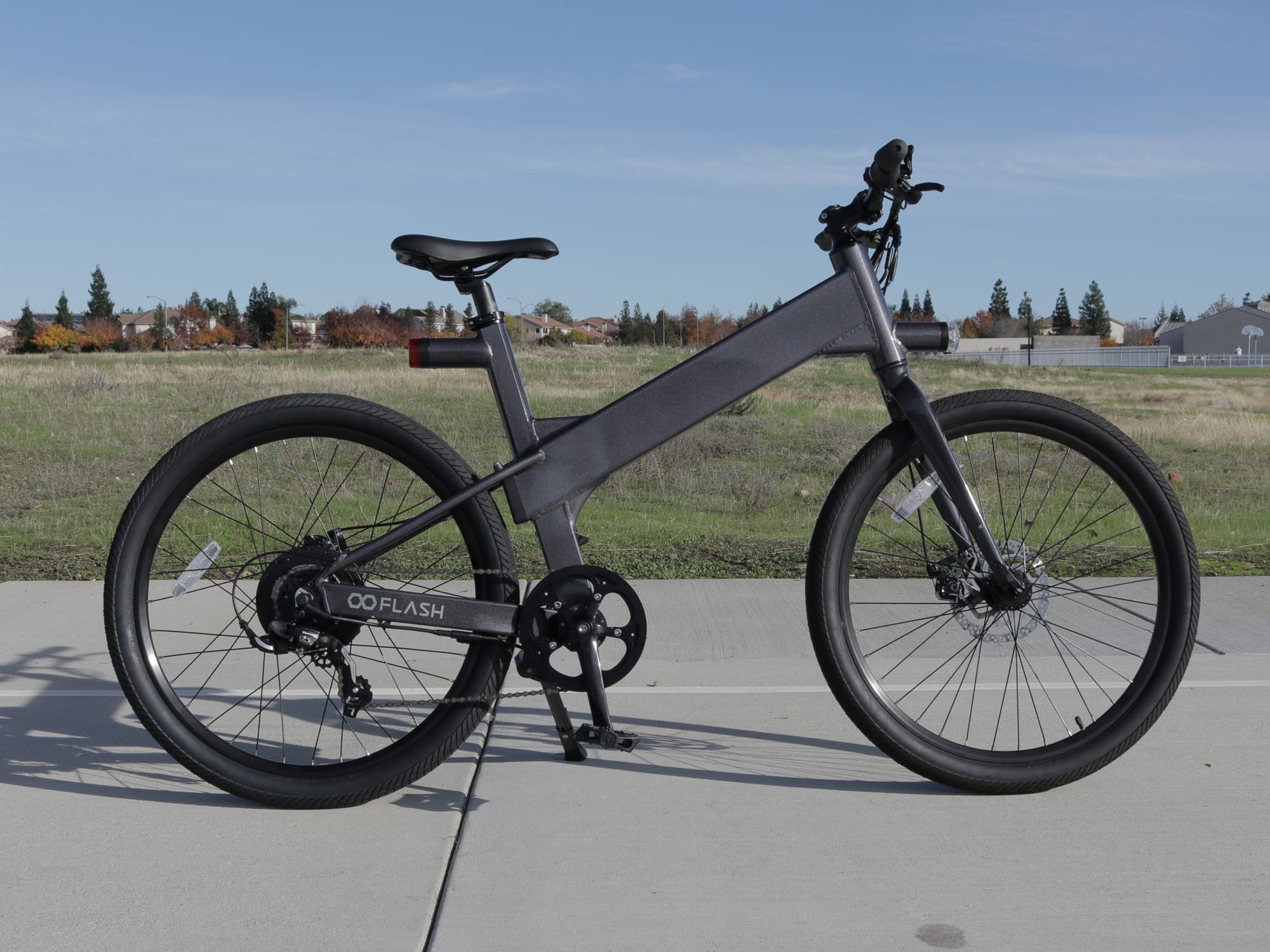

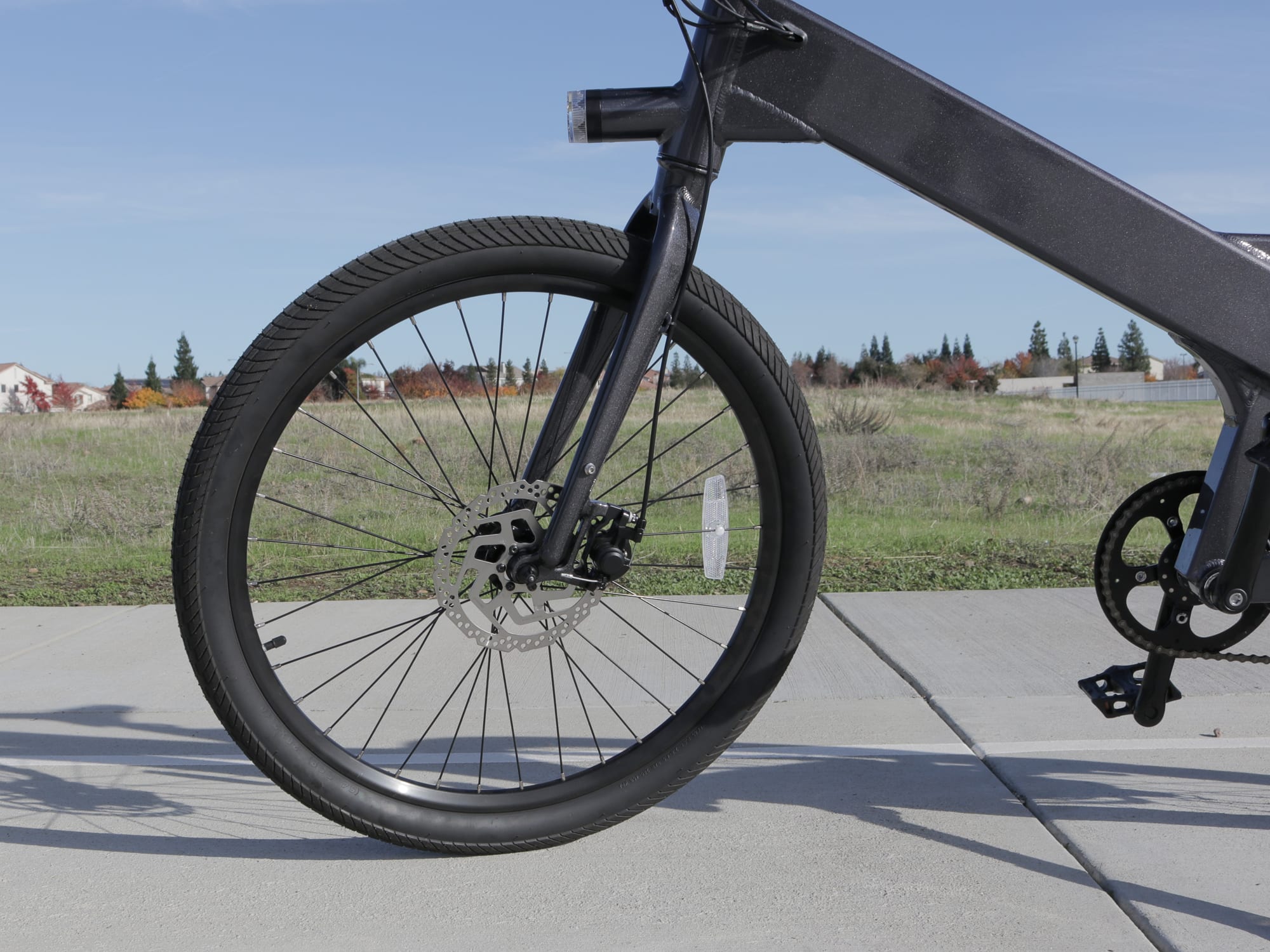
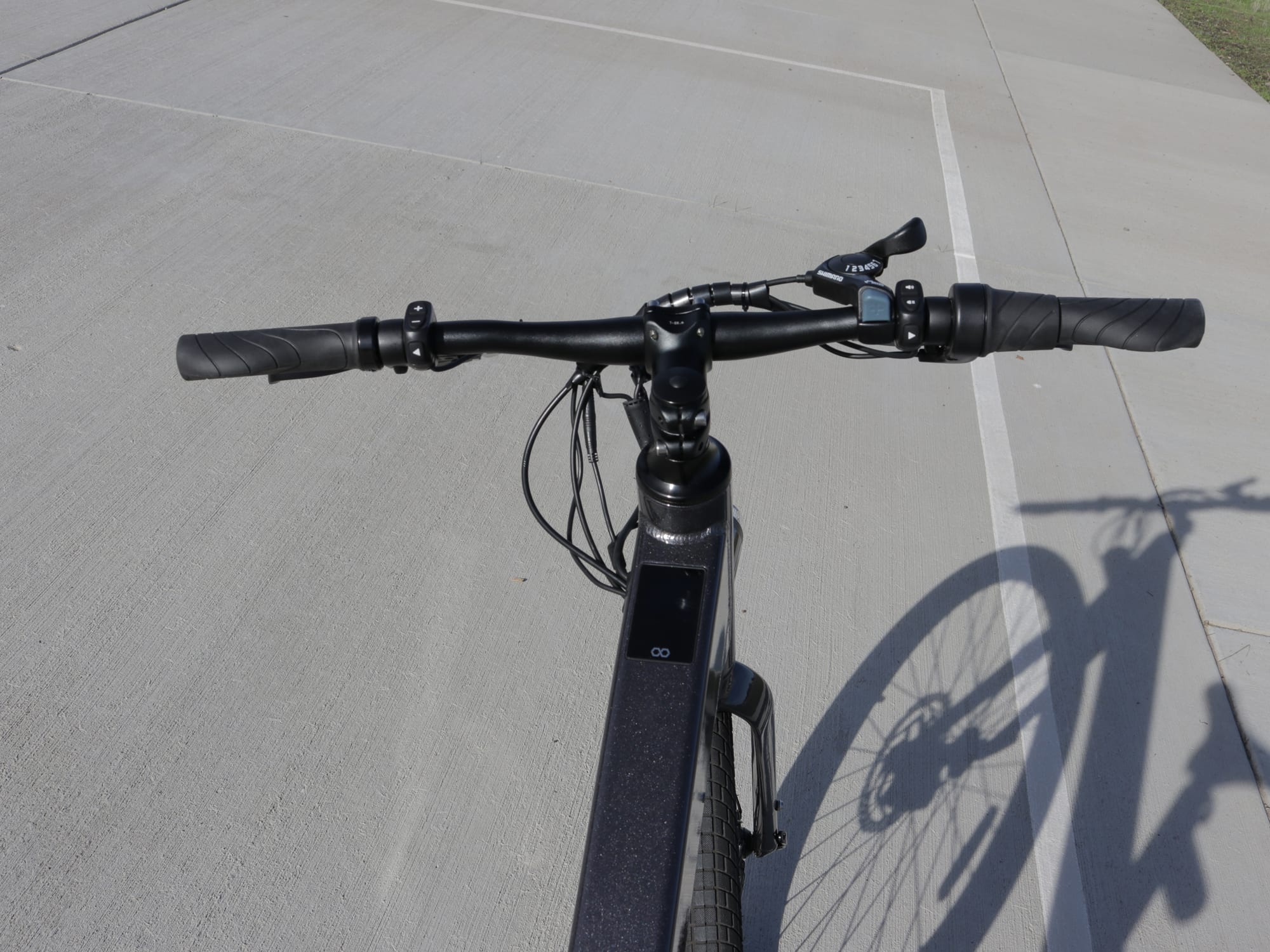
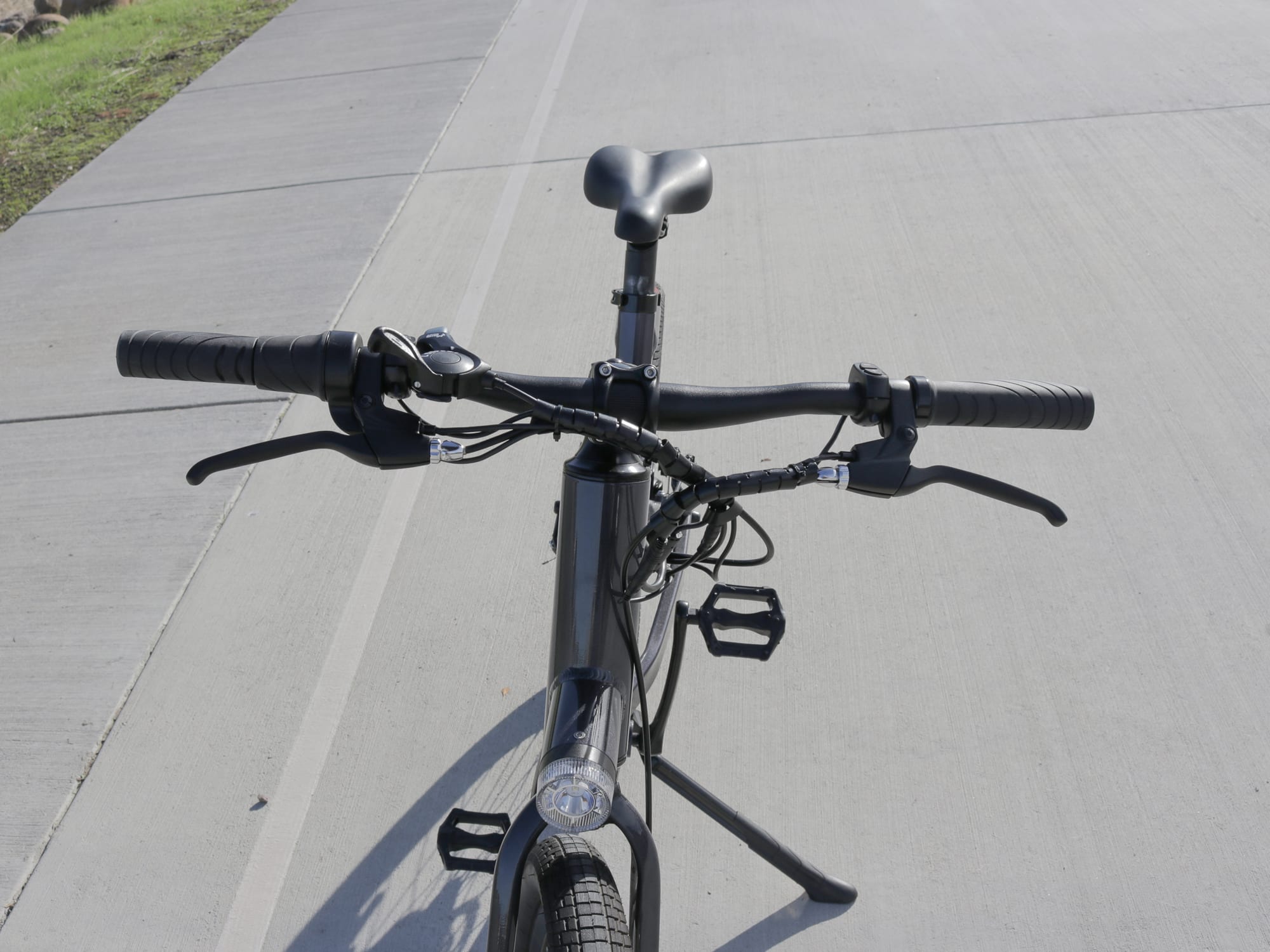
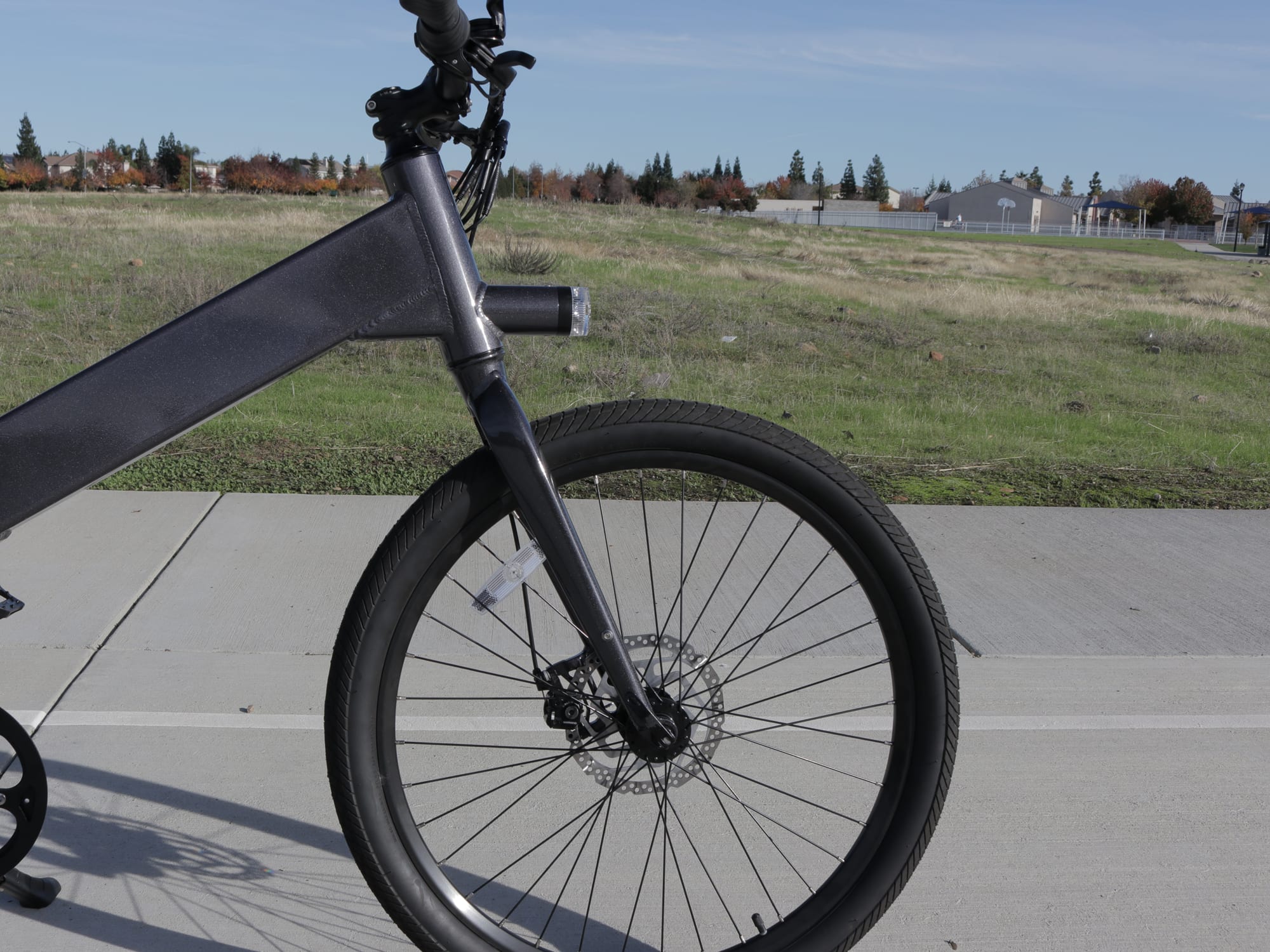
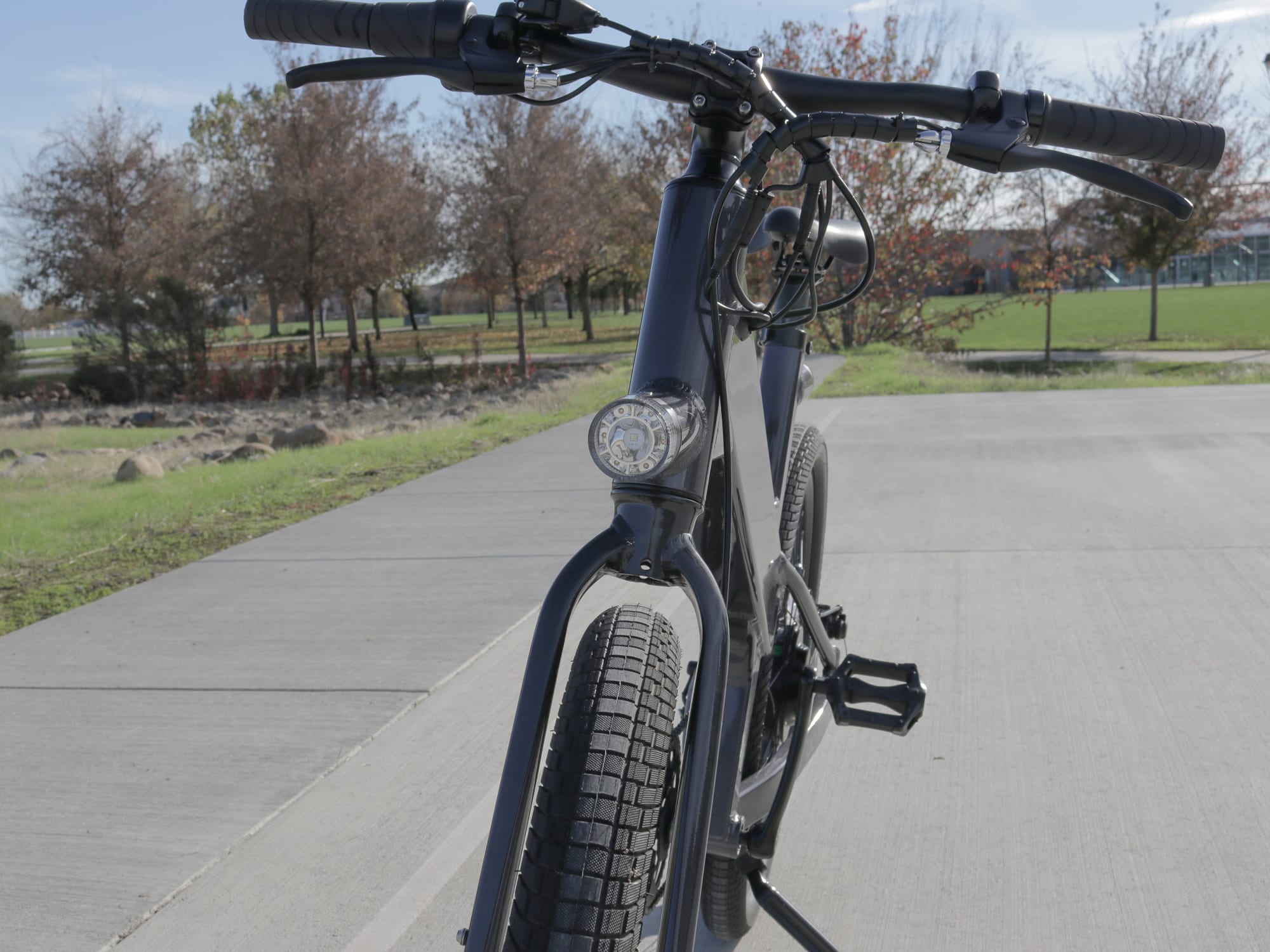
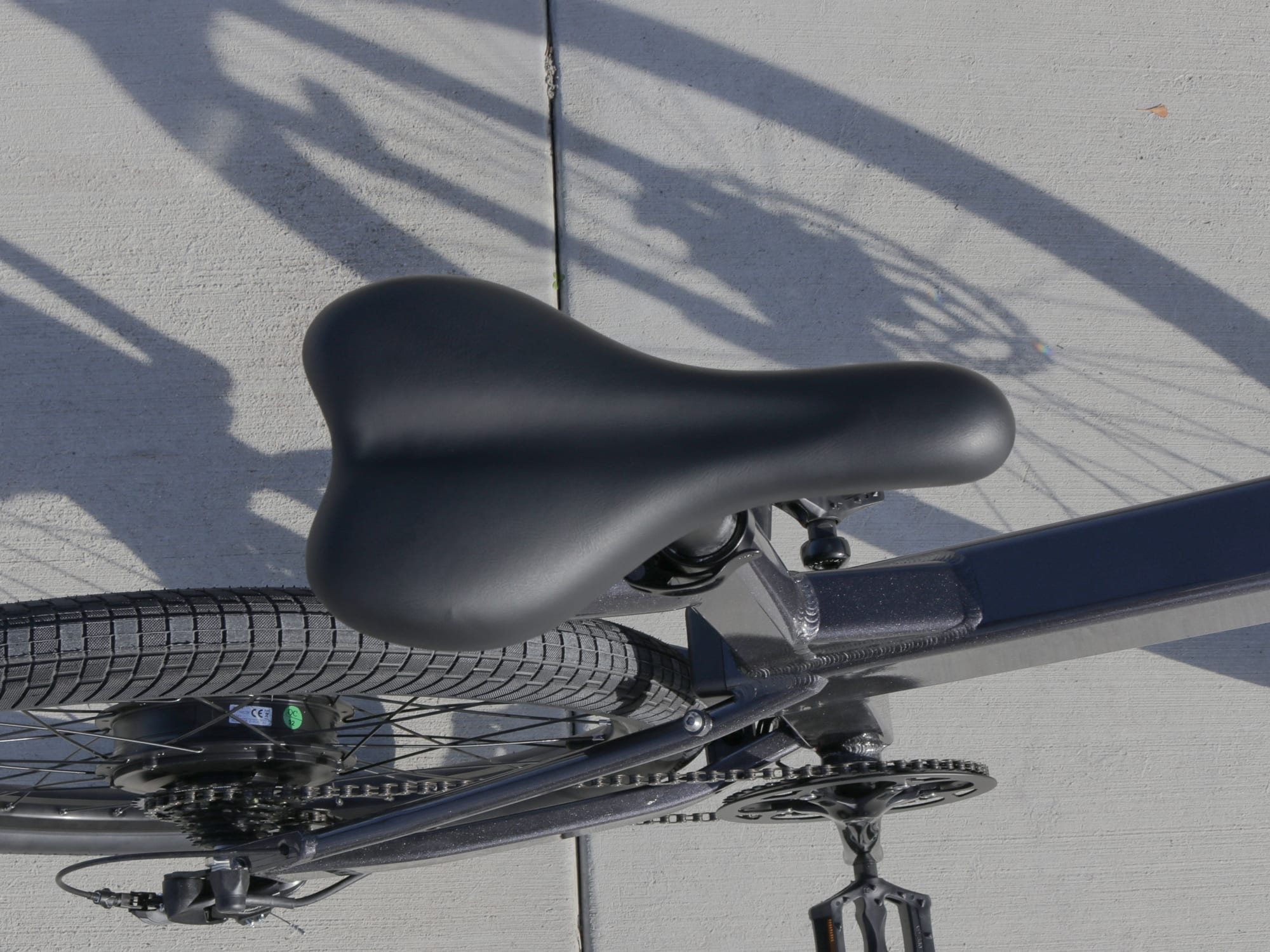
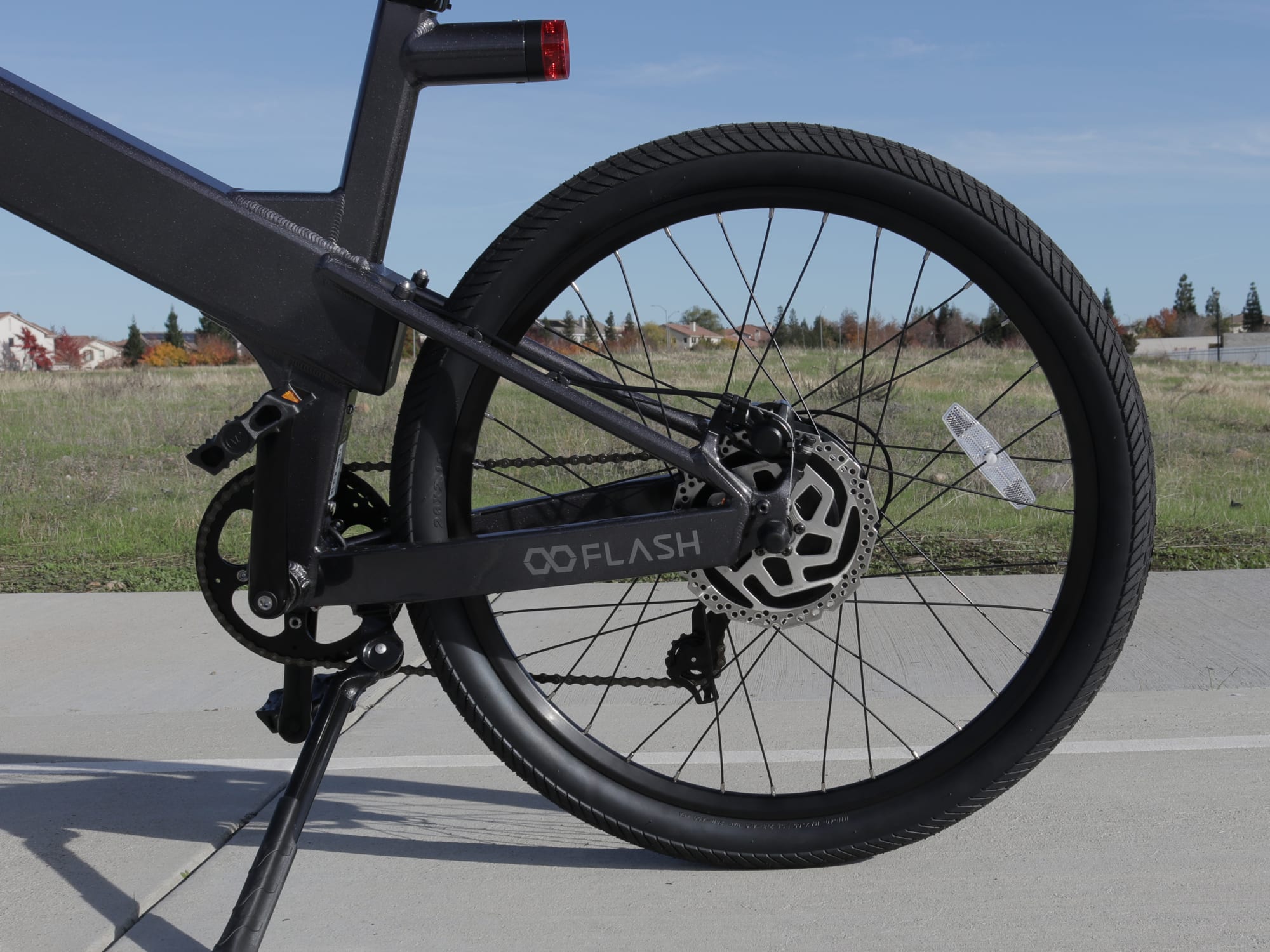
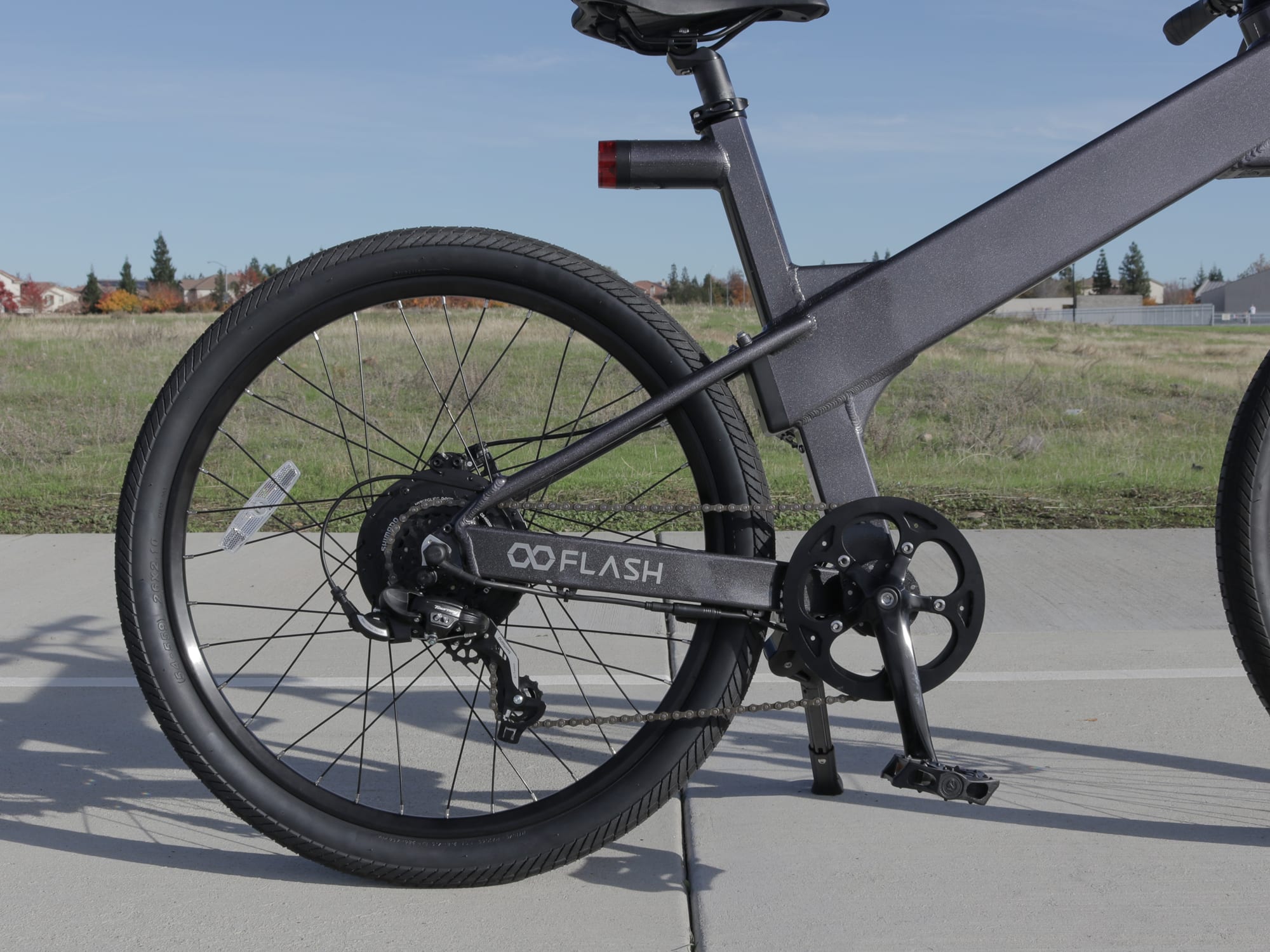
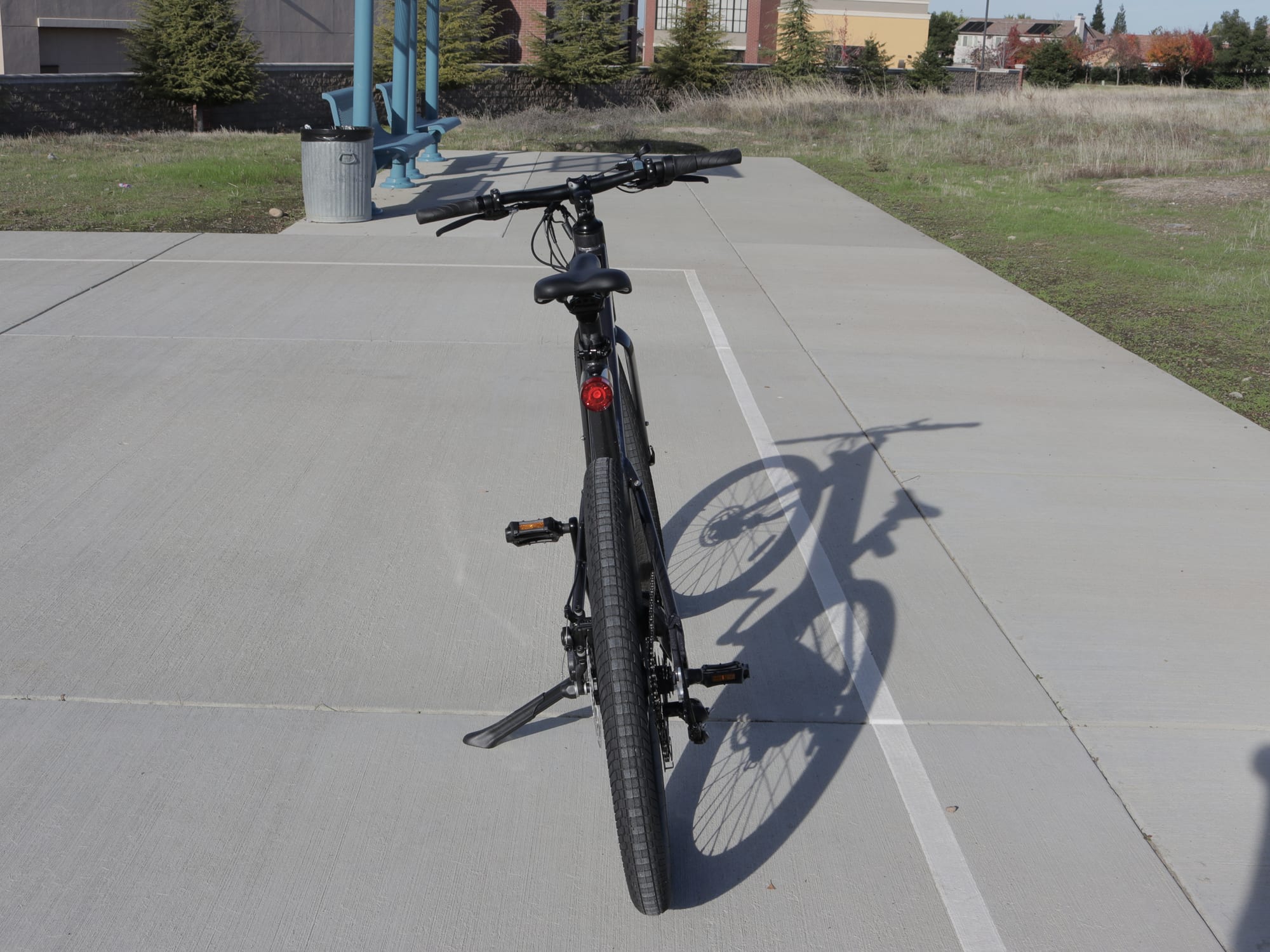

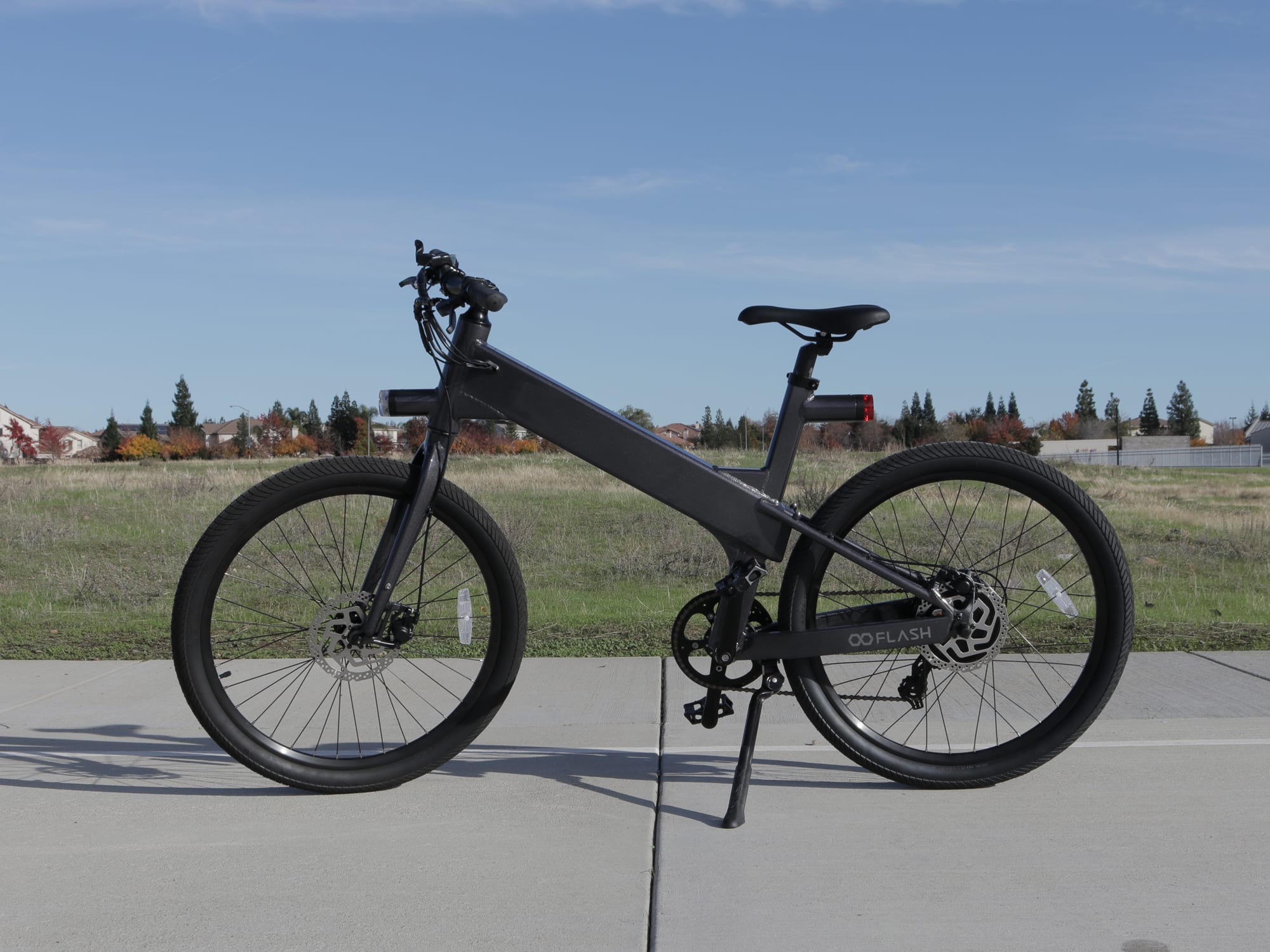

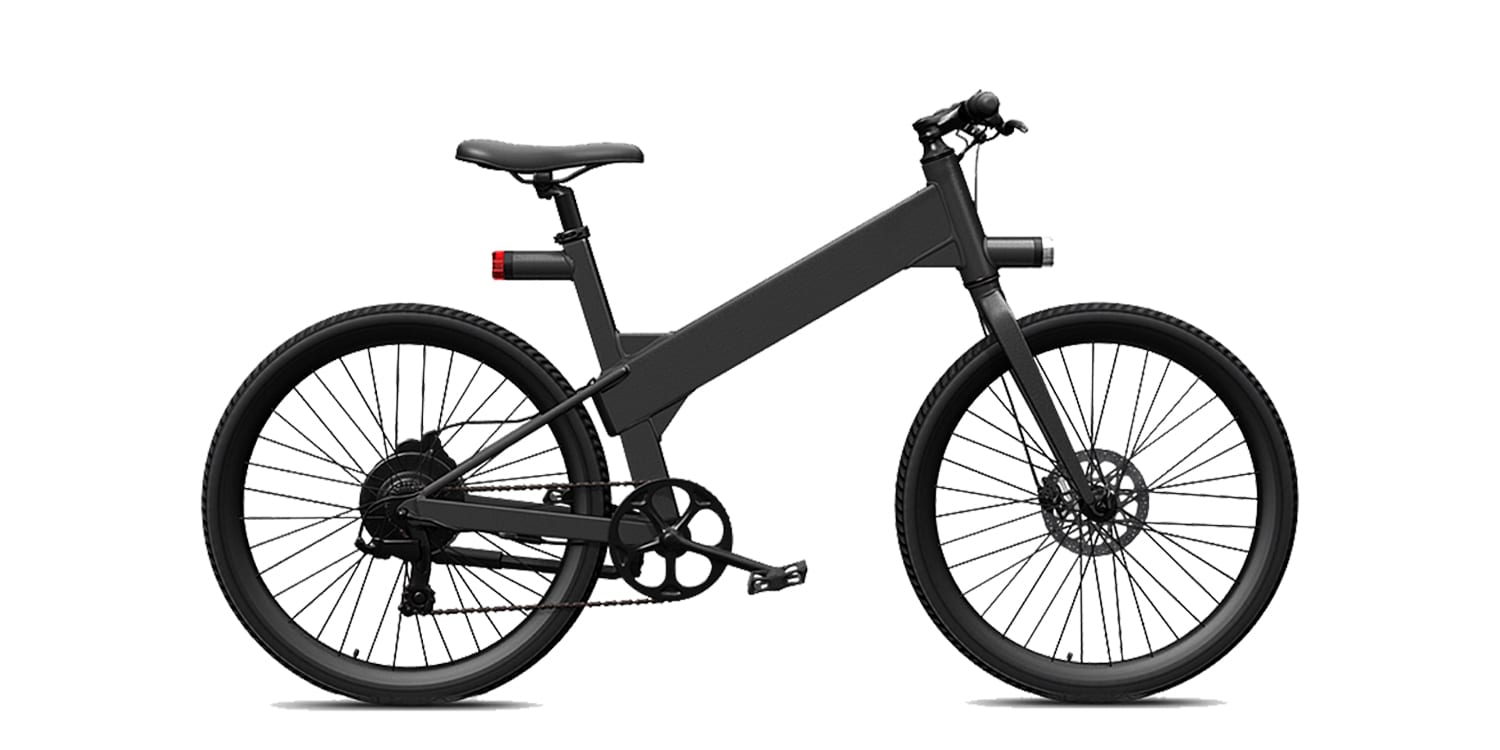
Court Rye says
Hi Dani! Nice to meet you, thanks for reaching out and great job on your website! I cannot read it or understand the language spoken in the videos but I can tell you’ve done a great job, very similar with weighing the scooter and showing the different parts. Yes, I’d love to remain in touch and possibly review the different products coming from your customers who are going into the USA. You can reach me directly using the contact page on EBR here.
Mike says
Not picking on the Flash here, but there are just too many brands out there now, that are not paying attention to what ebike customers want, feel they NEED, and why they choose ebikes vs alternate moods of transport or physical recreation. The Flash’s fatal flaws are going to be: 1) no easy removal of battery, and 2) no throttle.
Anyone (at least in the midwest, and likely many other geographies for other reasons Im about to cite) is going to want an EASILY removable battery, for when the bike is not in use during winter months, AND many will want that for being able to carry a spare battery to gain distance or range for a trip on the ebike. The draining by the added features of GPS and motion detection, makes the need even greater. The benefit of those two, aren’t likely to off-set the downside of non-easy removal.
Most ebike riders also want a throttle here in the US. There are many uses for it, that include even safety reasons or purposes, such as (one example) in situations as being stopped on a hill, and wanting the quick ‘boost.’ This applies both to regular people, and ones who just aren’t up to physical fitness that they used to be, and want to get back biking again. (hence the purpose of ebikes for many in the first place). Just pedal assist doesn’t cut it for many buyers.
So what is happening here, is a dilution of the market for all ebike OEM entrants (i.e. meaning that each OEM doesn’t get enough volume to become sustainable, thus not helping the market to grow or buyers becoming disenchanted with their products and not advocating them enough to others), and fatal flaws taking an e-bike’s ranking from what could be a ‘9’ or ’10’ rating, on a scale of ‘1 to 10’, down to a 4 or 5. If the market has more than 50 brands out of 100 with these sorts of fatal flaws, it really slows the adoption of the ebikes into mainstream. It maybe hasn’t for Europe, but the market drivers for buying here in the US, are far different than there, with European people NEEDING/wanting them for transportation, and REALLY wanting them, as cars simply aren’t as viable there as they are here, and gas prices are 4 to 5 times what ours are here.
Its as if OEMs selling into the US keep hoping they can ‘shove’ these mid drives (which usually have no throttles) or throttle-less ebikes down the throats of the US consumers, and expect sales to really grow. I think they are over-estimating the fickle and highly particular US consumer. Its too bad, because a lot of these 100 or so brands could be much more than just ‘me-too’ offerings with some cool features, if they didn’t have the one or two fatal flaws.
Court Rye says
Thanks for sharing your opinions and insights here Mike, I agree that there are some glaring opportunities for improvement, important features like off-bike charging and the draw of GPS etc. on this bike. Some of the brands are really starting to refine their offering and lower the price point, which is helping to drive adoption, reliability and the overall reputation. I’m excited to now see Bosch powered ebikes in the $2.5k range and many hub motor options (with throttle) in the $1.5k like Juiced Bikes, Rad Power Bikes, Populo, and E-Glide. Magnum is doing a great job in between the lowest price and higher price point while still making their bikes available through shops vs. online direct.
Jeff says
I agree about the battery issue, but the bike does have a throttle. I just used it last night. :-)
David Breininger says
My wife bought our Flash about a year ago in pre-production phase, so she got it at a super discount price. The bike just arrived recently, so we are still discovering the nuances of ebike riding. She has asthma and finds the pedal assist invaluable for hill climbing and riding into the wind. I am 6-5 and 245, and the frame is heavy enough and seat post high enough to accommodate me. The reviews by others are pretty much spot-on in their assessment and criticisms. We are older (65+) so less likely to push the bike to its limits. That said, it’s a gas to ride and the pedal assist really gives you a boost, even at Level 1! I can ride it 20+ mph with little pedal effort, 24+ into a strong wind the other day, and I have a lot of frontal sail area. We will be raising the handle bars to adopt a more upright posture so as to relieve stress on shoulders and neck.
Court Rye says
Great feedback David! I’m glad to hear that you and your wife are enjoying the bike so much. Ebikes are a wonderful way to spend time together and overcome physical challenges and changes throughout life. Thanks again for saying hi and sharing :)
flash ebike owner says
Lights failed when caught in moderate to heavy rain for 10 minutes. Integrated horn not very good. Very good commuter bike! 4000 miles commuting in 2018!
Court says
Wow! That’s awesome, thanks for the straightforward updates about your bike :)
Dave R says
Does anyone know if the replacement battery for the Flash V1 is still made by panasonic or another manufacture? Thanks
Court says
Hi Dave, I don’t have an answer for you but perhaps you could contact FTH Power and ask about repacking options :)
Virginia says
We just sold our our flash to a guy who jumped the dead battery until he had enough power to charge it. If it doesn’t work for him, he will rebuild a battery — some folks have the right abilities to work with the Flash these many years after the business failed. Hoping you find an answer — or many you can find someone to get your battery going.